The leek, Allium ampeloprasum var. porrum, is a member of the Amaryllidaceae family, and a close relative of the onion.
Sometimes called a long onion, its leaves form a densely packed cylinder at the base, and fan out at the top. The tender cylinder has a succulent, oniony flavor.

We link to vendors to help you find relevant products. If you buy from one of our links, we may earn a commission.
In our guide to growing leeks, we discussed cultivation. In this article, we offer 7 tips for an excellent harvest.
What You’ll Learn
How exactly can you determine when your leeks are ready to pull from the ground, and how should you go about this? Read on to learn more.
Top Tips for Harvesting Leeks
There are opportunities for improving your harvest throughout the leek’s life cycle, from planting and blanching to monitoring the weather, and carefully pulling them from the ground.
1. Timely Planting Is Essential
Although they are biennials, leeks grow as annuals in most gardens. The number of days to maturity varies from 50 to 150 days.
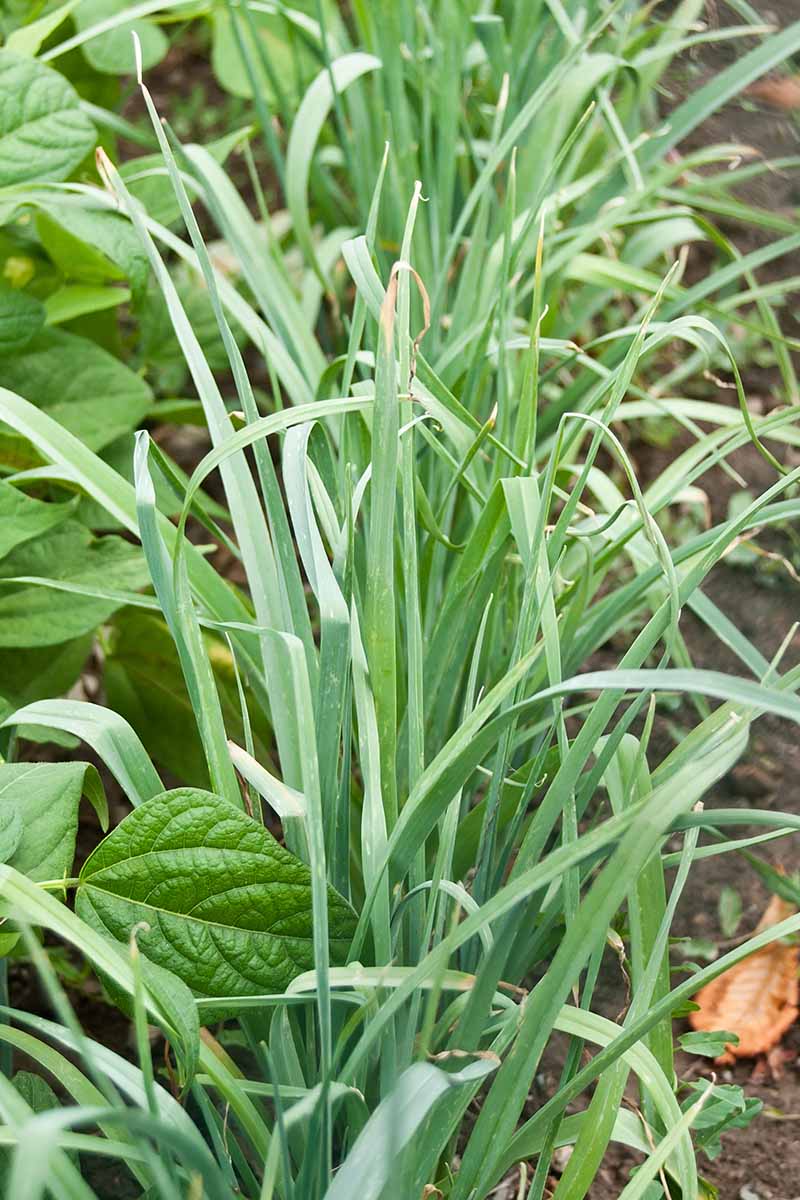
In cooler regions, start seeds indoors 10 weeks prior to the last frost date of spring. Early varieties mature before summer heats up. Late types are ready before the first hard frost. Frost-tolerant cultivars are available.
In warmer locales, direct sow late-season varieties 10 weeks before the first frost date in fall for an early spring crop, and again in spring for a fall harvest.
Sowing seed as recommended is one way to foster a successful harvest of mature, flavorful vegetables.
Haphazard planting times may result in exposure to extreme heat or cold, the need for a premature harvest of vegetables lacking in size and flavor, or a total loss of your carefully tended crop.
2. Blanching Improves Flavor
Blanching is the process of shielding a developing stalk from the sun to sweeten its flavor. This is achieved either by hilling, often called mounding, or trenching.
Hilling is the process of mounding up soil around the base of the cylinders as they develop.
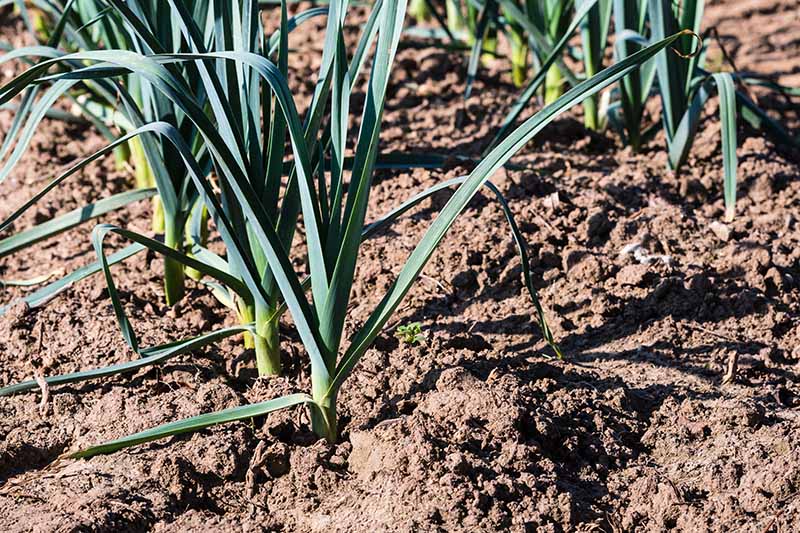
Trenching is done by sowing seeds or seedlings in a deep furrow between two ridges of soil. As they mature, soil is pushed from the ridge into the furrow to shield the developing cylinders of bundled leaves from the sun.
The greater the length of the white portion of the cylinder is at harvest time, the more flavorful the vegetable will be.
3. Light Frost Can Be a Good Thing
As I mentioned above, frost-tolerant cultivars are especially useful in northern regions. They are easily recognized by their bluish leaves and fat, two-inch-thick cylinders.
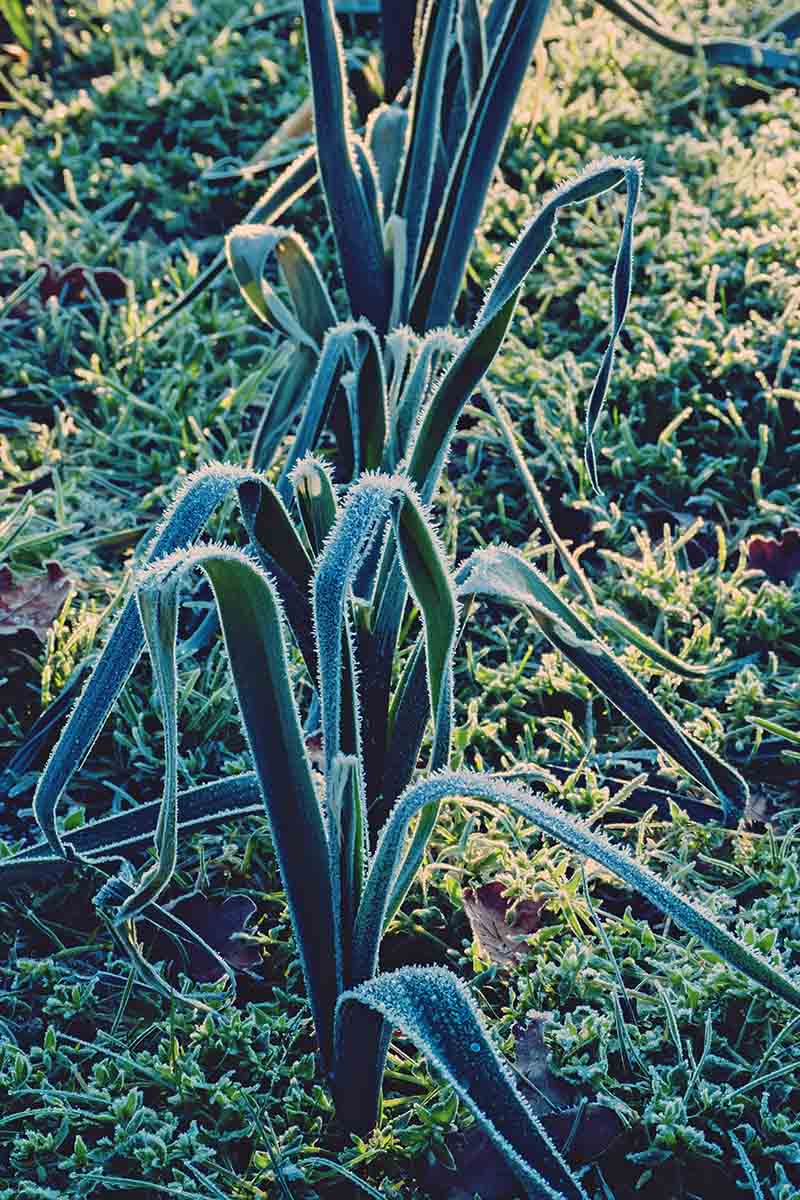
If frost is in the forecast, mound the soil up extra thick and add a layer of mulch. A light frost or two will sweeten the oniony flavor of your homegrown crop.
For more tender varieties, install floating row covers for protection.
If you’re caught with a crop that’s not quite ready and you don’t want to risk losing it to a hard freeze, you can pick the leeks and store them in a cool place – leaves, roots, and all – on a bed of damp sand. They should remain fresh for about eight weeks.
4. Bigger Isn’t Always Better
The average mature leek is one inch in diameter. Some cultivars are smaller, measuring about one-half inch, and others, as mentioned, can grow to be two inches wide.
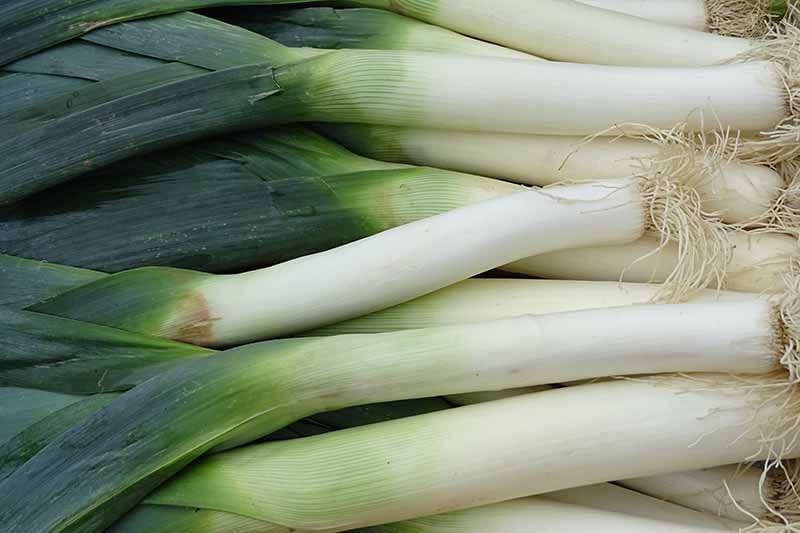
If you’re like me and seed catalogs are an essential part of your winter reading, you know that they are loaded with glossy color photos of folks sagging under the weight of enormous, prize-winning vegetables.
Don’t try this with leeks, unless you don’t plan to enjoy eating them. If the cylinders grow to mammoth proportions, they are still edible.
However, they will develop a pithy core and bitter flavor that are no consolation prize if you don’t take home a blue ribbon.
Keep the recommended size at maturity for the cultivars you have planted in mind, and pick accordingly.
5. Dig, Don’t Pull
There are also loads of photos around of people pulling leeks up out of the ground. But there’s a better way:
Use a shovel or pitchfork to push down beneath the roots instead, and gently lift each plant from the ground.

In this way, the roots stay intact, continue to nourish the leek, and help it to stay fresh longer after harvest.
Brush off as much of the loose dirt as you can while you’re still outside, before bringing your veggies inside for storage.
Wait to wash them well under running water until just before you’re ready to use them, to extend their shelf life.
6. The Value of Leaves
You may have read that some people trim the foliage, called flags, of their plants mid-season. This is unwise.
The dark, leafy tops feed the pale cylinder below. And in addition, once you cut the leaves, the plants become vulnerable to pests and disease.
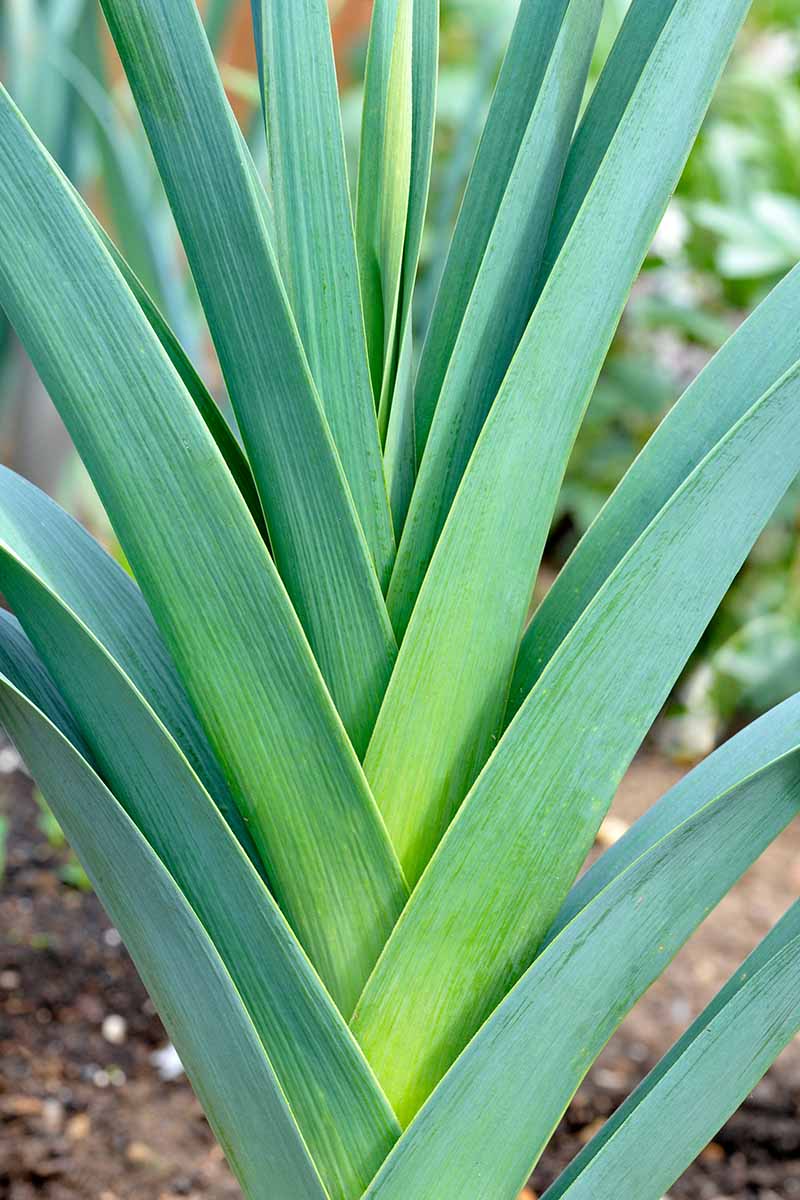
Leave the flags alone until you lift the plants from the ground. Then, trim them so that you have a manageable four to six inches of dark foliage above the green/white cylinder. The dark foliage is somewhat tough and bitter, but edible.
Another fun fact about leek leaves is that unlike those of onions, they do not wilt when the vegetable is harvest-ready. Size is a better marker of maturity here!
Leeks that are ready to harvest should have lush green foliage, and firm white and light green stalks.
And finally, if you find yourself with a plant you know nothing about, look to the leaves for help. As mentioned, if they look bluish, you probably have a frost-tolerant variety, and can expect it to be quite hardy, with large cylinders and a robust flavor.
7. Avoid Bolting
As a biennial, the leek grows in the first year of its life and goes to seed in the second.

With early varieties, sowing and reaping take place in the same season. However, in suitable climates, cultivars with the longest number of days to maturity may be sown in one growing season, winter over, and be picked in the next.
Leeks that spend the winter in the ground are, in effect, in cold storage. Growing stops and the plants are dormant until spring.
Once maturation resumes, keep one eye on the weather forecast and the other on your plants. Temperature fluctuations may cause bolting, or running to seed. The telltale sign of this is a long, tubular central leaf with a bud on top that opens to reveal a ball of tiny white or lavender flowers.
You can eat leeks that bolt, but they tend to be on the bitter side.
If your plants are close to harvest-ready and an unseasonable spring heatwave is predicted, go ahead and harvest them.
On the other hand, if warm spring days are about to be interrupted by a sudden plunge in temperatures, you can put floating row covers in place, or harvest them prematurely, for smaller, milder vegetables.
An Enviable Crop
It’s amazing how knowing a few simple tips can help you bring in a delicious harvest.

Planting in a timely manner, blanching, letting frost add a little sweetness, not getting greedy about size, digging gently, letting the foliage get wild and wooly, and avoiding the bitterness of bolting are now part of your leek regimen.
Don’t be surprised when the neighbors admire your crop and want to learn your secrets!
All you need now are some yummy recipes. Find all you need to know to make hearty fare like mushroom, leek, and red pepper chicken soup on our sister site, Foodal.
What’s your favorite way to enjoy leeks in your cooking? Have any harvest tips to share? We love hearing from our readers! Please drop us a line in the comments.
And if you found this guide valuable, why not peel back the layers on the wonderful world of alliums even more? Add these to your reading list next:
- How to Grow Chives in Containers
- How to Plant and Grow Garlic in Your Veggie Patch
- How to Grow and Harvest Bunching Onions
© Ask the Experts, LLC. ALL RIGHTS RESERVED. See our TOS for more details. Uncredited photos: Shutterstock. With additional writing and editing by Allison Sidhu.
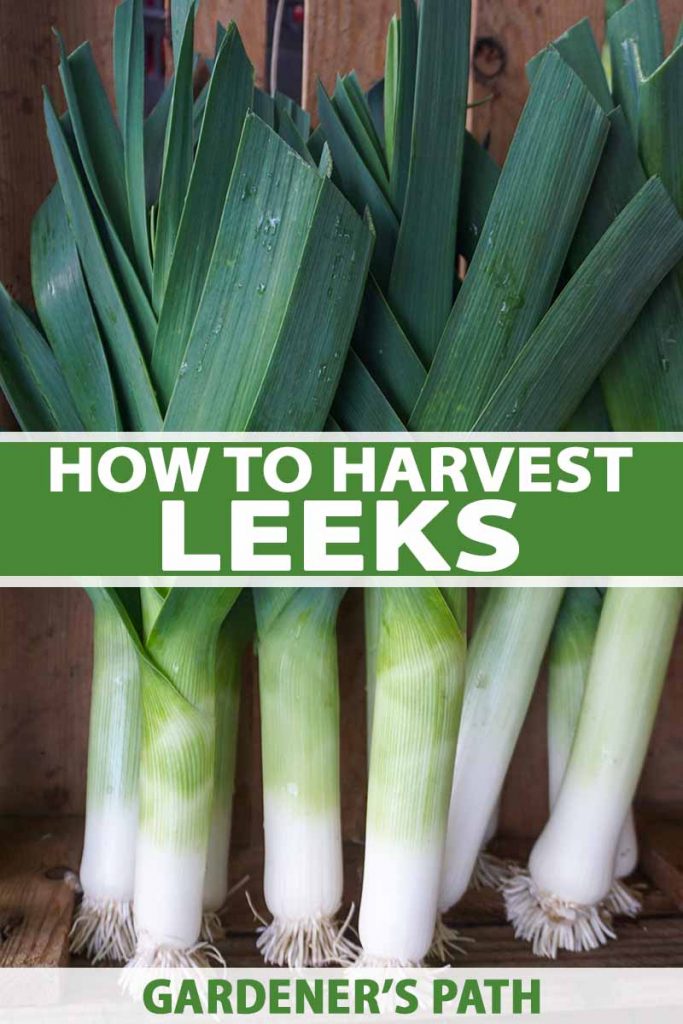
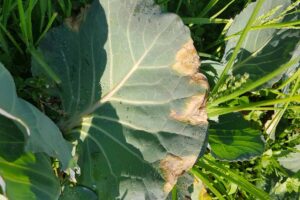
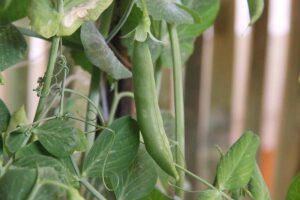
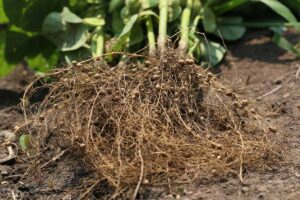
Great information! Thank you! One of our favorite recipes is Potato Leek Soup. Just want to plant leeks in our raised beds and will follow your advice above.